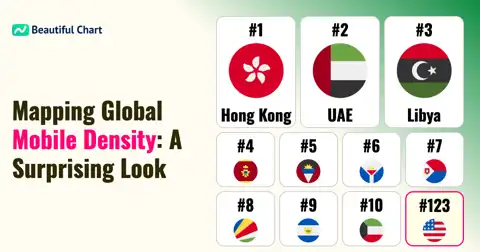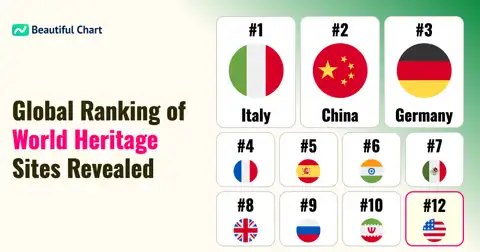This chart ranks countries based on the share of their population using the Internet from 1990 to 2022. It provides insights into the digital divide, showing how internet access has expanded globally and highlighting disparities in digital accessibility. The chart also reflects the rapid adoption of the Internet in various regions over this period.
Internet usage refers to the percentage of a country's population that has access to and uses the Internet. This metric is crucial for understanding digital inclusion and the spread of information technology in different parts of the world.
| Rank | Name | Indicator |
|---|---|---|
1 | 100 % | |
1 | 100 % | |
1 | 100 % | |
1 | 100 % | |
5 | 99.70 % | |
6 | 99.69 % | |
7 | 99 % | |
8 | 98.87 % | |
9 | 98.66 % | |
10 | 98.08 % | |
11 | 97.57 % | |
12 | 96.75 % | |
13 | 96.68 % | |
14 | 96.38 % | |
15 | 96.24 % | |
16 | 95.91 % | |
17 | 95.66 % | |
18 | 95.57 % | |
18 | 95.57 % | |
20 | 95.17 % |





